Part of the joy of the winter holiday season are all the beautiful lights. This includes candles, which preceded electric lights in winter holiday traditions, and are still lit in homes for Christmas. Christmas isn’t the only winter holiday that includes burning candles; people all over the world burn candles on dark winter nights for all kinds of reasons.
Diwali, the festival of lights
Diwali is a festival celebrated for 5 or 6 days in between mid October and mid November. It’s primarily a Hindu festival, but is also celebrated by Sikhs, Jains, and some Buddhists.
Diwali in Hindu tradition celebrates the day Rama, a personification of Vishnu, returned home after defeating a demon army. Because of this history, lights lit during the Diwali festival symbolize the victory of light over darkness, and wisdom over ignorance.
During the week of Diwali, Hindus light candles and lamps in their homes, share meals with friends and family, and decorate their homes with rangoli, or art created on the floor of the home using materials like sand, colored rocks, rice flour, and flower petals. Parades are held, as well as fairs and other celebratory gatherings.
If you’d like to light a Diwali candle at home, you couldn’t do better than a homemade candle scented with our sandalwood essential oil.
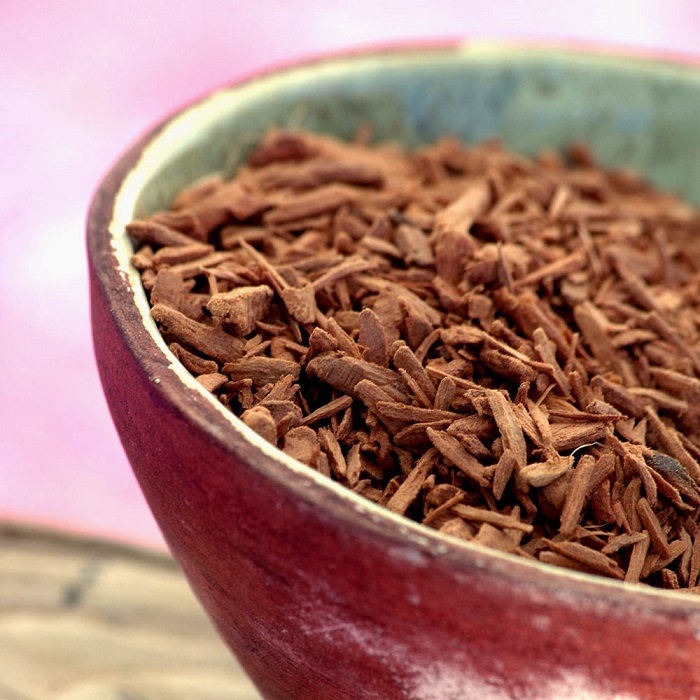
St. Brigid’s Day in Ireland
Saint Brigid’s Day is a day honoring Ireland’s patroness, Saint Brigid. This holiday was adapted from pre-Christian traditions, in which Brigid, a goddess of fire, heralded the coming spring. It’s celebrated on February 1st, when the days are still short, but are lengthening.
Brigid is said to walk the streets on Saint Brigid’s Eve, January 31st. Households will prepare a symbolic bed and sometimes a drink to welcome her into their homes. The ashes in the fireplace are raked smooth, so that some marking of Brigid’s passage is left on their surface. Brigid’s crosses are woven from rushes and hung over the doors of homes to lend protection against bad luck, fire, and illness.
Another tradition of St. Brigid’s Day is to light candles in your home, and in some areas, celebratory bonfires. All of the candles are gathered from around the house, and either set together in one place and lit, or lit one per room of the home.
These candles represent the return of sunlight in spring.
Try our Willow and Ivy Candle Project to make some lovely green candles to burn on Saint Brigid’s Day.
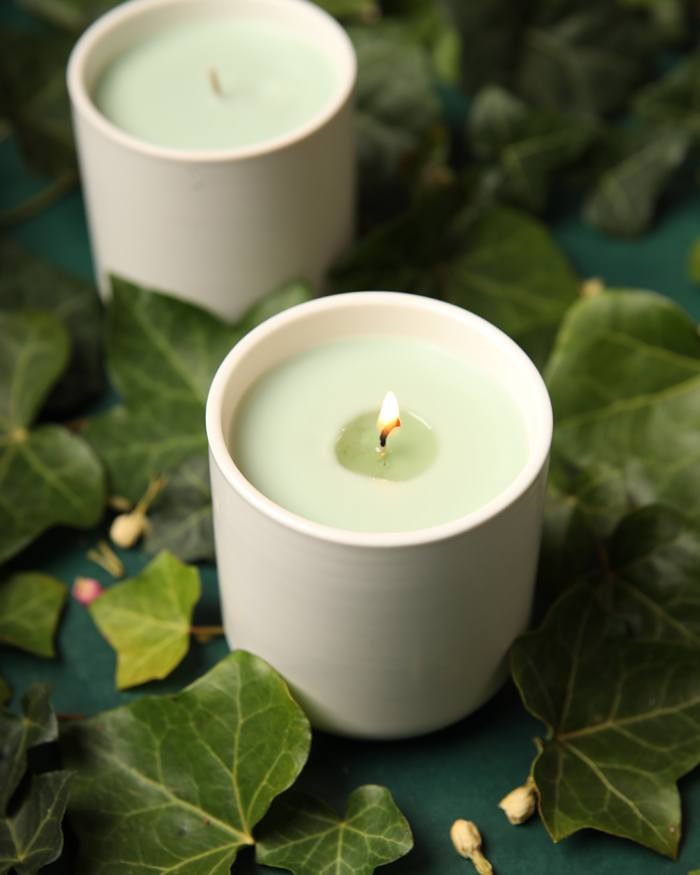
St. Lucia and the crown of light
The feast day for Saint Lucia or Saint Lucy is celebrated in Scandinavian countries on December 13th, and traditionally marks the beginning of the Christmas season. This date places it on or near the winter solstice, the shortest day of the year.
Saint Lucy was a catholic martyr who was sentenced to burn for her beliefs, but the fire did not burn her. On Saint Lucia Day, towns elect a girl to be Lucy for the day. She wears a white robe or gown and a red sash. She also wears a crown on her head made from lingonberry branches and other greenery and adorned with candles. The Lucy then leads a procession around the town, followed by younger girls in white carrying candles. Tradition holds that Saint Lucy would wear a wreath of candles on her head so she could see while she carried supplies and lent aid to Christians in hiding. The town’s Lucy carries cookies and Saint Lucia’s buns to symbolize that aid.
There’s a darker side to Saint Lucia’s Day, too. In Germanic folklore, a witch known as Lussi travels the earth during the darkest night of the year, followed by spirits. It is held that while sleeping, your spirit can be removed from your body to join Lussi on her hunt. Any townsfolk who haven’t completed their winter chores, like making jam and stockpiling wood, might be abducted by Lussi.
In areas where the tradition of Lussi is celebrated, the Lucy chosen on Saint Lucy’s Day will toss one of her sweets over her shoulder if she hears the sound of Lussi and the hunters approaching in order to appease the spirits and send them to hunt elsewhere.
While you might not want to wear a crown of candles, you can light a candle for Saint Lucy. Check out our Lingonberry Spice Candle Kit, named for the branches that make up Saint Lucy’s crown, to celebrate the winter solstice.
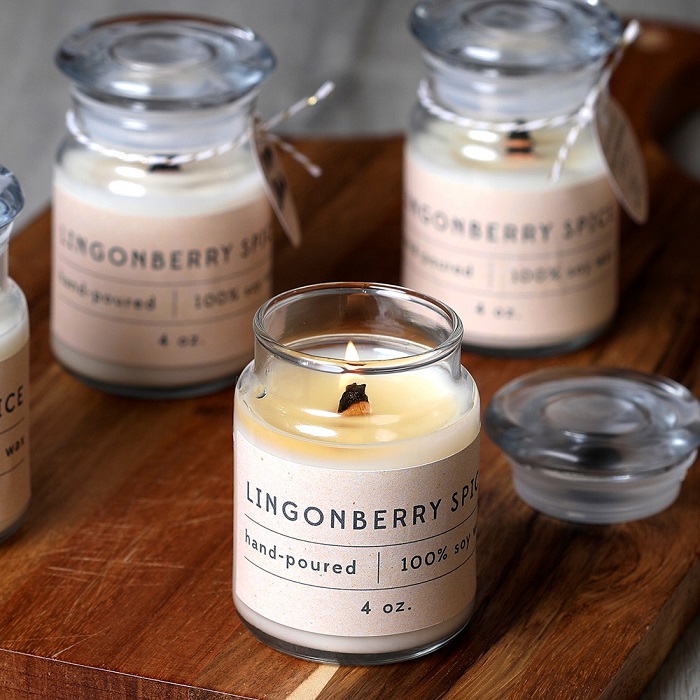
The 7 lights of Kwanzaa
Kwanzaa is an African American celebration observed over the course of 7 days, from December 26th to January 1st. It’s a celebration of African roots, and is observed by people of all different faiths. It derives its traditions and principles from Pan-African philosophy and history.
Candles are central to the celebration of Kwanzaa. 7 candles are lit, one on each day of Kwanzaa and each celebrating a different principle.
The first candle is the central black candle, and it honors the principle of Umoja, or unity. The second day is for Kujichagulia, or self determination. On the second day, the red candle on the immediate right of the unity candle is lit. On the third day, the green candle to the immediate left is lit to honor Ujima, a principle that includes the collective work and responsibility for the preservation of Black communities. The next red candle is lit on the fourth day to represent Ujamaa, a principle of cooperative economics. This principle urges black communities to support one another by supporting and operating Black owned businesses. On the 5th day, the next green candle is lit to represent Nia, the principle of purpose. The next red candle is lit on the 6th day, to celebrate the principle of Kuumba, or creativity. It serves as a reminder to use talents to beautify the world and highlights the importance of preserving traditional arts and crafts. On the 7th and final day, the last green candle is lit to represent Imani, or faith. This is not necessarily religious, but instead represents the belief in the advancement of Black people and their communities.
If you’re interested in making Kwanzaa candles for yourself or a friend, check out our candle dye flakes, an excellent candle colorant that doesn’t impede burn or clog wicks.
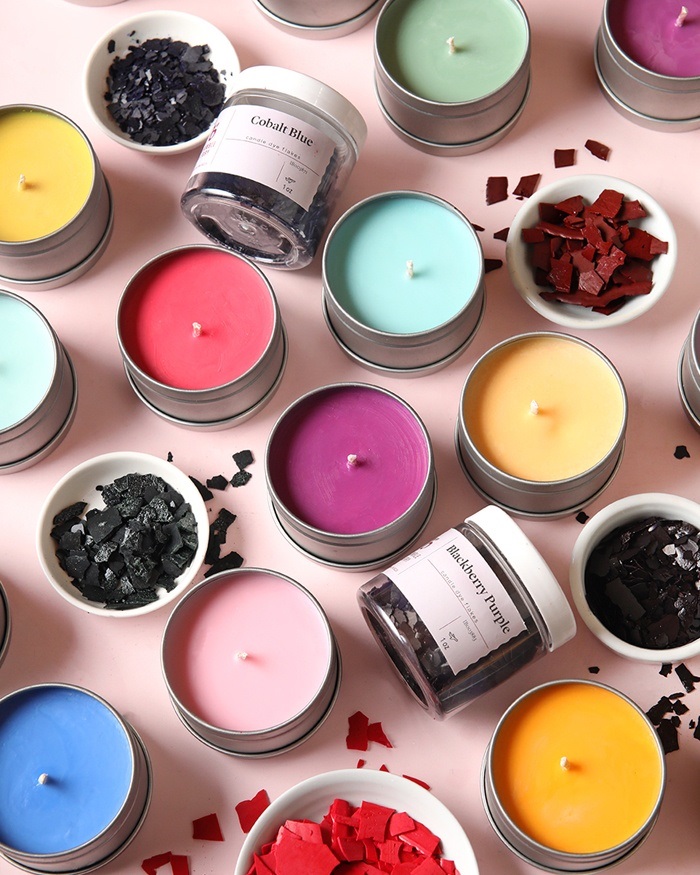
Loy Krathong, an opportunity to let go
Loy Krathong is a holiday celebrated in Thailand, usually in the month of November. The date changes from year to year because it’s celebrated on the night of a full moon. This celebration occurs at the end of Thailand’s rainy season, when the rice harvest is finished.
During Loy Krathong, people gather at rivers, canals, even lakes and ponds. They float krathongs, or small wooden rafts decorated with intricately folded banana leaves, flowers, candles, and sticks of incense. These little rafts glow as they drift on the water, serving as both an offering to the goddess of water for the abundant rice harvest and as a symbolic action that represents the letting go of old grudges and negative feelings.
Loy Krathong also involves feasting, including the indulgence in street food at a public festival event, as well as beauty pageants, folklore, fireworks displays, and traditional Thai music.
You may not be able to float your own krathong, but you can enjoy a beautiful candle on Loy Krathong! Try a DIY candle with our Natural Lemongrass and Coconut Fragrance Oil to capture the spirit of Thailand.
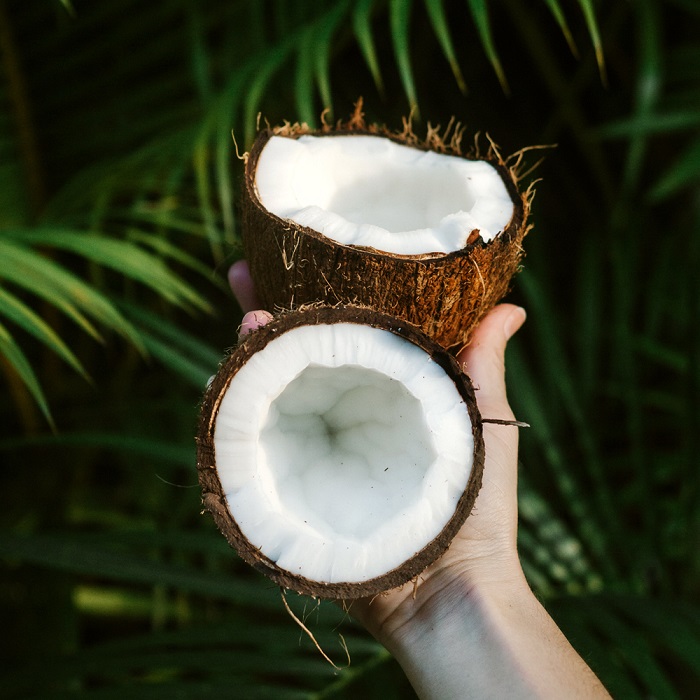
There are so many reasons to burn a candle during the winter months. All you have to do is make the perfect candle for your own celebration, or just for a quiet, cozy winter night in. Check out our candle supplies to get everything you need. If you need help getting started, we have lots of candle projects to help you get inspired.

